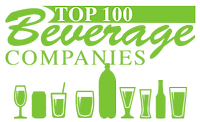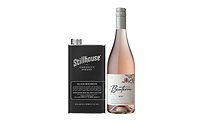Brewers Association reports mid-year growth pace
Stable growth reported for small and independent brewers

The Boulder, Colo.-based Brewers Association (BA) reported that growth for small and independent craft brewers remained stable for the first half of 2018, according to the BA’s new mid-year metrics. Production volume for the craft segment increased 5 percent during the first half of 2018, the company says.
“While more mature, the market continues to show demand for small and independent craft brewers,” said Bart Watson, chief economist at the Brewers Association, in a statement. “There are certainly industry headwinds, but this stabilized growth rate is reflective of the market realities that exist for brewers today.”
As of June 30, 6,655 breweries were operating the United States, up from 5,562 during a comparable timeframe last year. An estimated 2,500 to 3,000 breweries are in planning, based on active Alcohol and Tobacco Tax and Trade Bureau licenses.
“The data demonstrates that 2018 is on pace to have the highest number of brewery openings and closings to date. However, even as breweries close, openings continue to far outpace the number that shutter,” Watson said. “New players looking to enter the space should be aware of the constructs of the current landscape, work to differentiate themselves and will need to make quality beer to succeed.”
By definition, an American craft brewer is small, independent and traditional. A small brewery has annual production of 6 million barrels of beer or less (approximately 3 percent of U.S. annual sales), the BA states. Beer production is attributed to the rules of alternating proprietorships. Independent: less than 25 percent of the craft brewery is owned or controlled (or equivalent economic interest) by an alcoholic beverage industry member that is not itself a craft brewer. Traditional: a brewer that has a majority of its total beverage alcohol volume in beers whose flavor derives from traditional or innovative brewing ingredients and their fermentation. Flavored malt beverages are not considered beers, the BA states.
Looking for a reprint of this article?
From high-res PDFs to custom plaques, order your copy today!






